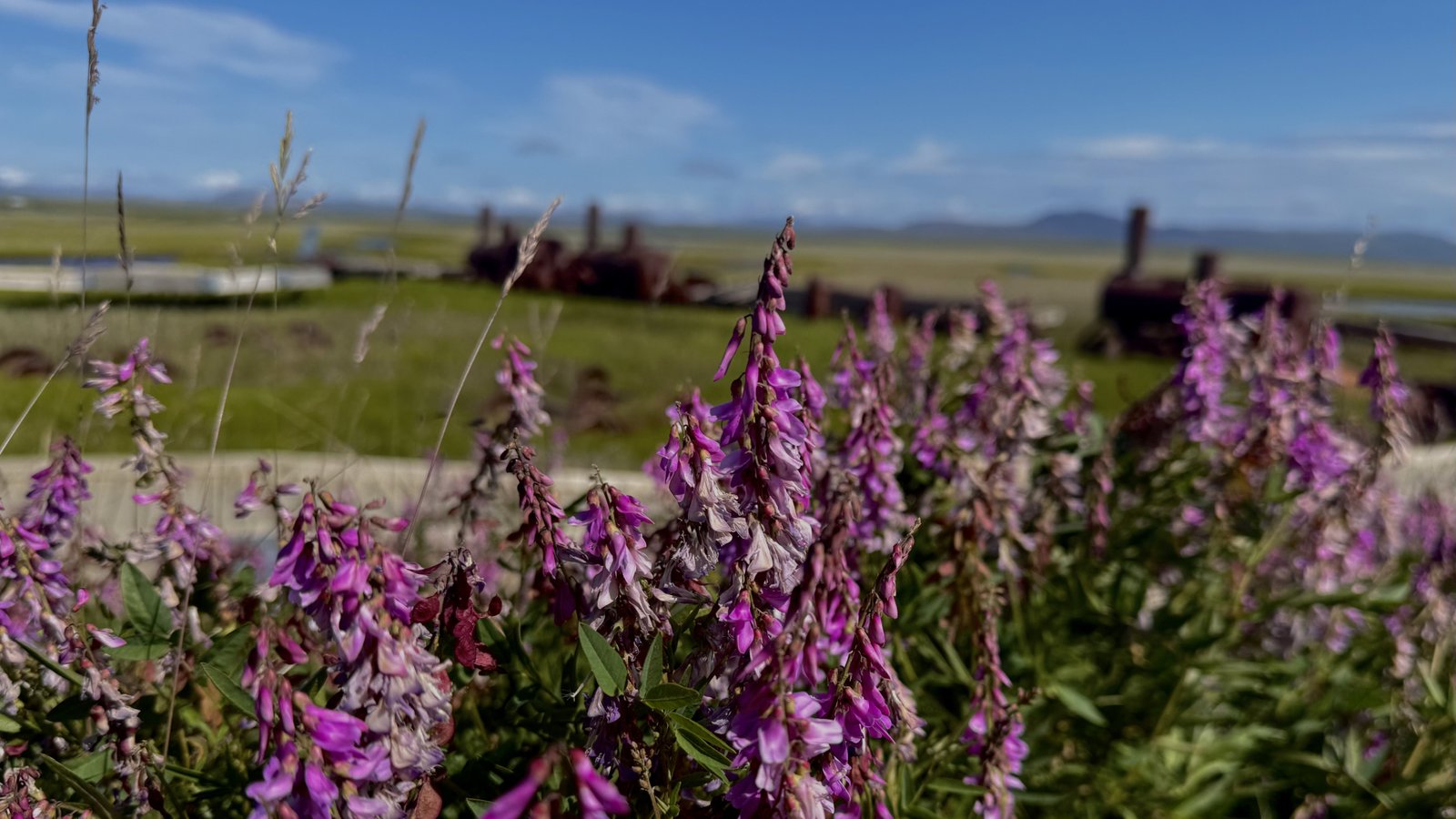Driving through Nome, Alaska, one of the first things that caught my eye was the vibrant magenta flower lining nearly every road— Fireweed (Chamaenerion angustifolium). It added bold pops of color to the otherwise rugged terrain. I quickly learned that fireweed isn’t just a pretty face in the Alaskan wild—it’s deeply rooted in the state’s ecology, culture, and even its cuisine.
Fireweed gets its name from its remarkable ability to thrive in areas touched by fire. After wildfires or land clearing, it’s often one of the first plants to return, carpeting the landscape with bright color and new life. It acts as a natural healer—an emblem of resilience and renewal. That’s part of what makes it so special: its beauty is born from destruction, a quiet defiance in the face of hardship.
Fireweed is native not only to Alaska, but to much of the Northern Hemisphere, stretching from Siberia across northern North America. It grows where the land needs healing, thriving in the wake of disturbance and reminding us of the natural cycles of loss and regeneration.
In Alaska, fireweed typically blooms from early July to mid-September, peaking between mid-July and mid-August. The timing couldn’t have been better when the One Ocean crew arrived in Nome in mid-July—fireweed was everywhere.
One afternoon, walking through downtown, I spotted an ice cream truck. Naturally, I had to check it out—and right there on the menu: fireweed ice cream. Having already admired the brightness that fireweed added to the scenery, I was curious to see how it would taste. I ordered a scoop, and it was absolutely delicious. Lightly floral, subtly sweet—it tasted like summer.

But fireweed isn’t just admired for its beauty or flavor. For Alaskan Indigenous communities, it’s long been a valuable and versatile plant, with every part traditionally used in meaningful ways.
The young shoots and leaves are eaten in the spring, leaves dried to make tea, roots used for poultices to treat inflammation, and stems that provide fibers for weaving cordage, padding, and textiles. Medicinally, fireweed was used to soothe stomach issues due its anti-inflammatory and digestive properties.
There’s something moving about a plant that grows best in unforgiving environments—something comforting about its return year after year, brightening the land and offering nourishment, healing, and beauty.
Fireweed is more than just a flower in Alaska.
It’s a story of survival, a symbol of cultural heritage, and—if you’re lucky—a scoop of delicious ice cream on a sunny summer day.
-Tess

